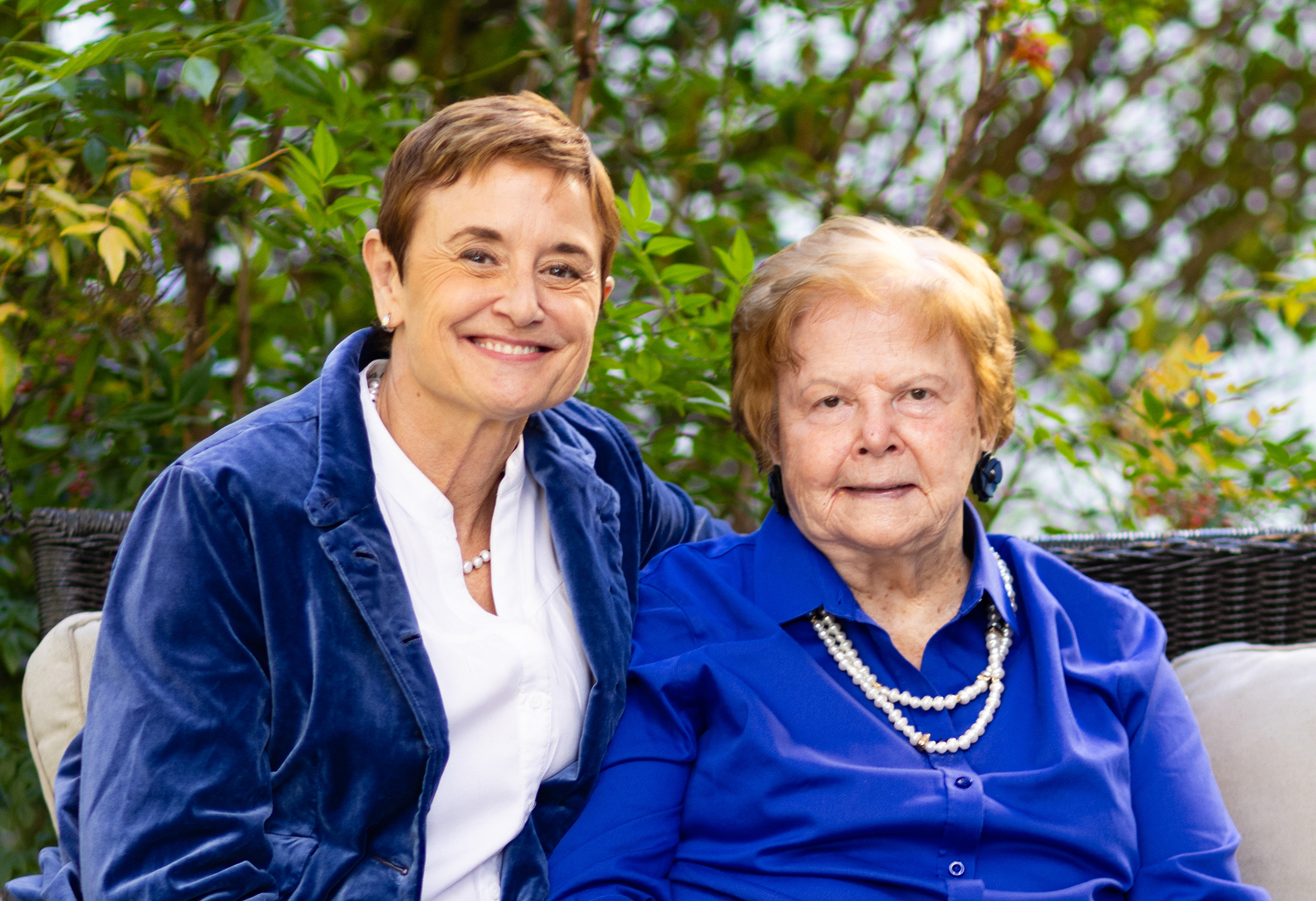If you’re an active, healthy older adult who enjoys independence but could do without the hassles of homeownership, independent senior living may be the right fit. These communities combine freedom, social opportunities, and convenience—all in a supportive, maintenance-free environment.
Below, we’ll walk through what independent living is, the different types of communities, financial considerations, and what to look for when choosing the right place.
What is independent senior living?
Independent senior living is designed for older adults who don’t need daily care but want the benefits of a vibrant community. Residents typically live in private apartments or cottages with access to:
- Shared amenities such as dining rooms, fitness centers, and transportation
- Social and recreational programs—from clubs to outings
- Maintenance-free living—no lawn work or repairs, and often housekeeping is included
This arrangement lets residents focus on what matters most, whether that’s pursuing hobbies, traveling, or simply enjoying life without household responsibilities.
What are the different types of retirement communities?
Not all senior living communities are alike. The right choice depends on your lifestyle, preferences, and long-term plans. The main models include:
55+ Active Adult Communities
You have probably heard of active adult communities but the main thing to know is they exclusively offer a senior independent lifestyle. If you or your loved one do not anticipate needing higher levels of care in the immediate future, and a social lifestyle and staying busy is highly appealing, this could be the right option to explore.
Continuing Care Retirement Communities (CCRCs)
Also known as life plan communities, CCRCs offer multiple levels of care—independent living, assisted living, memory care, and skilled nursing—on the same campus. Residents typically start in independent living and can seamlessly transition if care needs change.
Key Considerations for CCRCs:
- Many have 1 – 3 year waitlists for popular floor plans—ask about availability and what is required to get on the waitlist.
- Joining a waitlist often requires a refundable deposit, which secures your spot and provides peace of mind.
Rental Communities
Rental-based communities often provide independent living alongside assisted living and memory care on one campus. They offer more flexibility, allowing residents to move out with a 30-day written notice.
How Rental Communities Differ from CCRCs:
- Rental communities are a lower upfront cost: typically just a one-time community fee, compared to large entrance fees in CCRCs.
- The monthly rent will likely be higher at a rental community.
- Most rental communities don’t provide on-site skilled nursing.
- On average, CCRCs have over 350 independent living residents while rental communities usually have around 150.
How much does independent senior living cost?
Independent senior living usually involves two financial components:
- Entrance fees (CCRCs only) or community fees (rental communities): A one-time, upfront cost that varies by community and apartment size.
- Monthly fees: Covers essentials such as rent, utilities, meals plans, housekeeping, transportation, and access to amenities.
Rental communities skip the large entrance fee, charging a smaller, non-refundable community fee plus monthly rent. CCRCs may refund 50–90% of entrance fees, when a resident moves out or passes away, depending on the contract. It’s important to review terms carefully.
Pro Tip: Always request a detailed financial breakdown so you know exactly what’s included.
What should I look for when choosing a community?
Now that you know the retirement community basics, you’re more equipped to schedule some community visits. Touring is an exciting step, but preparation matters. Bring a checklist and consider the following:
- What’s the atmosphere and culture like?
- How do staff and residents interact?
- Are the activities appealing and offered regularly?
- Are there social opportunities—like clubs, outings, or events—that match your interests?
- What future care options are available if needs change—like support with activities of daily living?
- Does the community work with residents to create personalized plans in the case of eventually needing assisted living or memory care?
- Is the community conveniently located near family, friends, and healthcare providers?
- Do the dining, fitness, and outdoor spaces meet your expectations?
These questions will help you look beyond the surface and ensure the community feels like the right fit.
Independent senior living offers more than just a place to live—it provides a lifestyle full of connection, convenience, and freedom. By understanding the different options, financial structures, and what to look for during your search, you’ll be well-prepared to make a decision that supports a happy, fulfilling future.
Why work with an expert?
Navigating senior living options can feel overwhelming. That’s where Silver Bridges Consulting comes in. We guide families through every step of the process—from narrowing down choices to asking the right questions—so you feel confident in your decision.
We specialize in helping families find the right match across:
- Independent living
- Assisted living
- Memory care
With expertise, compassion, and a clear understanding of today’s senior living landscape, we make the search process easier and the transition smoother.



















